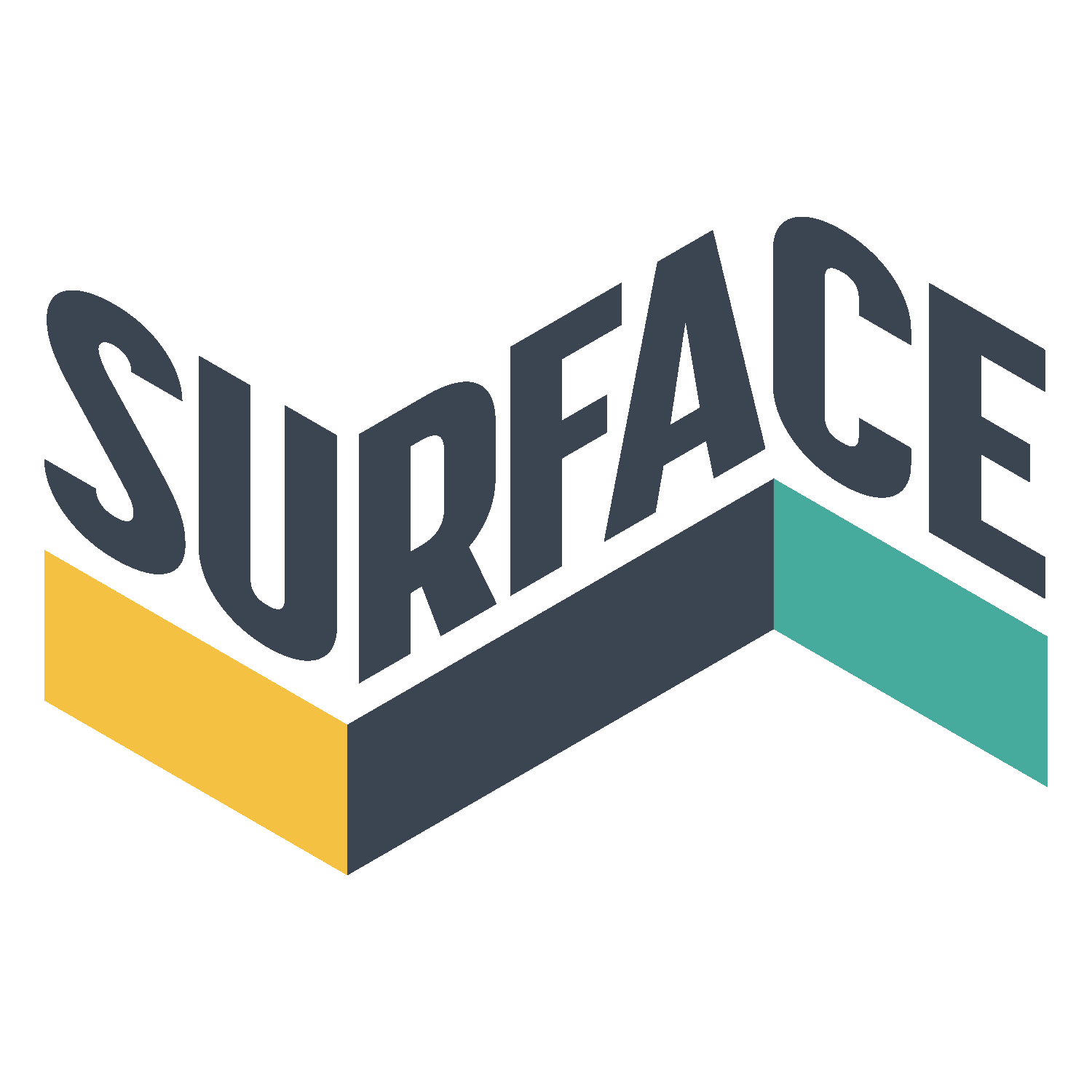EM24: Spotlight on Lucy Nelson
Tell me about the themes in your exhibit.
Thematically, I am exploring the idea of the vestige, a vestige being a remnant of something that has disappeared or no longer exists or a part of anatomy that has lost its purpose. I often deal with the difficult theme of pregnancy loss and so growth, potential and loss are larger themes within the work.
How are you finding the residency so far?
This residency has been a great opportunity for me to explore new ideas and materials. Having completed my Master’s degree quite recently, I wanted the time and space to work towards something new without academic constraints.
What materials will you be using for this exhibit?
I usually work with synthetic materials like silicone which is a dominant material in my practice. I am also making use of paper and wax, two materials I haven’t explored very much before. I was particularly drawn to wax due to its connection to preservation.
What might a visitor gain from your work?
My work is purposefully ambiguous and open to interpretation so I find that quite tricky to answer. I hope visitors find some connection with my work, whether that be intrigue due to the materials and processes I work with or that it leaves them with further questionning.
Can you highlight the main messages behind your work?
At the moment, I see the work as an exploration of ideas rather than carrying a strong message at this time. The objects I have produced for this body of work hint at the medical and are also symbolic of fertility, infertility, growth, protection and nurturement. The work is mainly an avenue to give form to hidden or unseen aspects relating to the maternal body and the breakdown of that maternal cycle.
What do you want to do with your art in the future?
I hope to continue on the same trajectory of making and exhibiting my work. Experimentation with materials and processes is a big motivator for me so this is something that drives me forward to strengthen my practice.
Interviewed by Charlotte Pimm-Smith.

